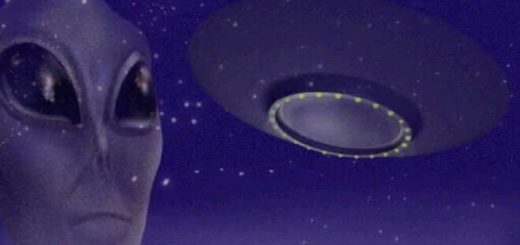Most Closely Orbiting Gigantic Black Hole Pair Astronomers Have Ever Seen

While looking for an unusual star in the nearby Andromeda galaxy, astronomers instead discovered a unique pair of supermassive black holes.
The binary system is the most closely orbiting pair of black holes of their kind, astronomers have ever seen.
Trevor Dorn-Wallenstein of the University of Washington in Seattle, who led the paper describing this discovery, said in the statement:
“We were looking for a special type of star in M31 and thought we had found one. We were surprised and excited to find something far stranger!”
The binary system is called LGGS J004527.30+413254.3, or J0045+41 for short and together, the two supermassive black holes have a mass of about 200 million times that of the sun, and are located about 2.6 billion light-years from Earth.
Earlier observations of periodic variations in optical light from J0045+41 led researchers at the time to classify it as a pair of stars orbiting each other every 80 days. But Chandra’s X-ray data, collected later, was far more intense than what a pair of orbiting stars would produce, leading Dorn-Wallenstein and his team to look for a different kind of binary system — one that contained a neutron star or black hole.
But that would have satisfied as an answer only if J0045+41 was located inside M31. Instead, a spectrum from the Hawaii-based Gemini-North telescope showed that at least one of the objects inside J0045+41 must be a supermassive black hole, and that allowed scientists to estimate its distance, which turned out to be far beyond the 2.5 million light-years away where Andromeda is.
The spectrum also suggested the possible presence of another black hole inside J0045+41, one that was moving at a different speed than the first, which is usually the case when two black holes are orbiting each other. The unusual system could have formed billions of years ago, when two galaxies, each with a supermassive black hole in its center, collided and merged.
The two supermassive black holes are currently estimated to be separated by a distance of less than a hundredth of a light-year.
“We’re unable to pinpoint exactly how much mass each of these black holes contains. Depending on that, we think this pair will collide and merge into one black hole in as little as 350 years or as much as 360,000 years,” study coauthor John Ruan, also of the University of Washington, said in the statement.
If everything is exactly as the astronomers predict in this study, the merger of these supermassive black holes will also emit gravitational waves, or ripples in the fabric of space-time.
Those waves would be far stronger than the ones we have detected so far and researchers would need to use arrays of pulsars — a special kind of neutron star — to detect them.
“Supermassive black hole mergers occur in slow motion compared to stellar-mass black holes”, Dorn-Wallenstein said. “The much slower changes in the gravitational waves from a system like J0045+41 can be best detected by a different type of gravitational wave facility called a Pulsar Timing Array.”



 Creators of mankind
Creators of mankind Description of “Tall white aliens”
Description of “Tall white aliens” Where they came from?
Where they came from? About hostile civilizations
About hostile civilizations The war for the Earth
The war for the Earth “Tall white aliens” about eternal life
“Tall white aliens” about eternal life Video: “Nordic aliens”
Video: “Nordic aliens” Aliens
Aliens Alien encounters
Alien encounters The aliens base
The aliens base UFO
UFO Technology UFO
Technology UFO Underground civilization
Underground civilization Ancient alien artifacts
Ancient alien artifacts Military and UFO
Military and UFO Mysteries and hypotheses
Mysteries and hypotheses Scientific facts
Scientific facts


















